Anyone who installs a fuel controller into a fuel-injected motorcycle may come across the terms “open-loop” and “closed-loop” mode.
Or if you ride a motorcycle and find that at partial throttle, at low speeds, the throttle is “choppy” — then you’ve experienced the motorcycle going between open and closed loop modes.
Whenever you do a custom tune (again, on fuel-injected machines), you have to apply a custom map to the computer, which affects each map differently.
But before getting into all the ways to apply fuel maps to your motorcycle (or car), I want to quickly go over understanding what open-loop and closed-loop modes are, because it really helps with understanding what has gone wrong and how to fix it.
What do these mean? I’ll try to explain it simply.
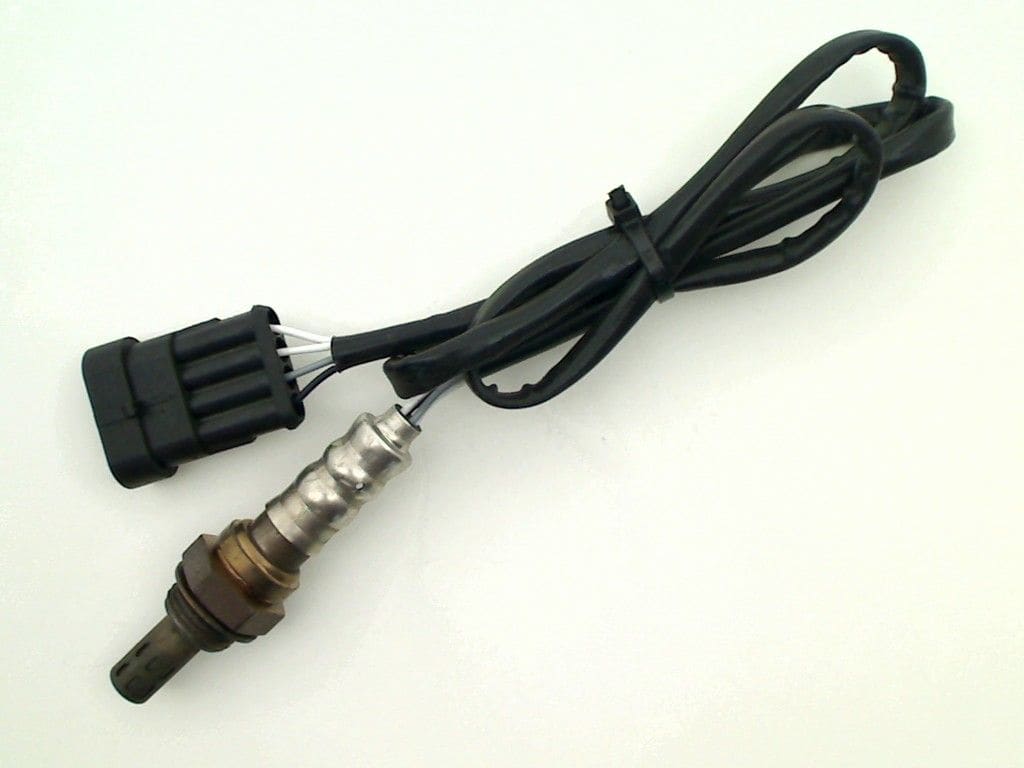
Hope this is useful!
Are you obsessed with motorcycles?
Well, I am. That’s why I created this site — as an outlet. I love learning and sharing what others might find useful. If you like what you read here, and you’re a fraction as obsessed as I am, you might like to know when I’ve published more. (Check the latest for an idea of what you’ll see.)
Open Loop vs Closed Loop — In a Nutshell
Closed and open-loop conditions apply only to fuel-injected engines. Fuel-injected engines — basically, most motorcycles since the mid-2000s (and almost all that I buy) have sensors and fuel controllers.
Not all fuel-injected engines have a closed loop mode, though. For example, the very first 1998-1999 Honda VFR800 operated only in open loop. Honda revised the fuelling system for the 2000-2001 model years of the same generation, adding a closed loop for emissions and efficiency.
In a nutshell, closed loop is where the engine operates with a feedback loop. A sensor closes the loop.
In open loop mode, the engine does its own thing and “don’t listen to nobody”, it just runs off a set of instructions based on where the throttle is at, where the revs are, and so on.
The sensor that feeds back for closed loop mode in question is a lambda sensor, also known as an oxygen sensor or air/fuel ratio mixture sensor. In closed loop mode, the engine listens to the lambda sensor to adjust fuel/air mixture. In open loop mode, it doesn’t!
See this diagram:

That diagram is a simplified representation of how closed and open loop systems work. In motorcycles (and cars), the “measuring element” is usually the oxygen sensor mentioned above.
Below I’ll explain this in more detail, including when a motorcycle is in closed loop vs open loop, and how it affects the way you ride.
Closed Loop: Targeting Efficient Mixture
The point of closed-loop is to get as close as possible to an efficient air/fuel mixture.
The most important thing to understand about closed-loop combustion is that it’s a compromise for fuel efficiency and environmental purposes.
If you were building an all-out gas guzzling race machine, you wouldn’t need closed loop at all. But you’d use a lot more petrol and you’d never pass ever-tightening emissions standards.
Motorcycles switch to closed-loop mode when they’re closer to idling. This happens when:
- They’re actually idling (after they’ve warmed up)
- You’re at low-mid throttle (say under 40%) and constant speed
When you operate the motorcycle at a constant speed (constant load, constant throttle), the ECU switches to closed-loop mode.
In closed loop mode, the ECU will use the input from the lambda sensor in the exhaust to determine the correct amount of fuel to inject to the engine.
This way the ECU is able to adjust the air/fuel ratio based on the actual result of the combustion. When the lambda sensor reports the mixture is rich, the ECU injects less fuel. And conversely, when the mixture is too lean, the ECU injects more fuel.
The ECU is trying to lean out the mixture as much as possible without damaging the engine, using inputs from the lambda sensor about how well the fuel combusted — as well as other inputs (see below).
How lambda sensors work (and how fast)
Changes in fuel mixture happen many times a second. Not quite as often as how often fuel is injected and combusted, but quite a lot.
This is how often fuel is combusted in your motorcycle engine for an average given engine speed in RPM:
- 3,000 rpm means 50 revolutions of the crankshaft per second,
- 50 revolutions per second means 25 power strokes per second (assuming a four-stroke engine)
- 25 power strokes per second means 25 combustions on a single, 50 combustions on a twin (what most people have), and 100 combustions on a four-cylinder engine… per second.
(…or some other number if you have a triple or a behemoth of a six-cylinder motorcycle. Do your own math!)
Even though fuel injection and combustion is happening hundreds of times a second, the lambda sensor is an analogue, organic device.
A lambda sensor is an electrochemical fuel cell with a zirconia element inside (yes, the same zirconia, a.k.a. zirconium dioxide, used in that fake diamond you bought your ex, but in powder form, in a battery… so romantic) that reacts to oxygen.
Lots of oxygen makes the lambda sensor’s fuel cell put out low voltage (0.2V), and little to no oxygen makes it put out higher voltage (0.8V). Lots of oxygen means the fuel got fully burnt with oxygen to spare (too lean); no oxygen means that there wasn’t enough oxygen to burn all the fuel (too rich).
To drive the point home that a lambda sensor is an organic device, it’s a non-linear scale, and remember they get dirty — and fail — because they’re being hammered with hot exhaust gasses all freaking day for their entire lives.
Because the lambda sensor is an organic device, it can’t give as fast feedback as a digital device would. So even with 100 firing events a second, you’d get far fewer feedback points a second — but still enough for your computer to operate as lean as possible.
Other inputs in closed-loop mode
When figuring out the mixture, the ECU doesn’t just use the lambda sensor.
Just like in open-loop mode, the ECU uses a bunch of other inputs as well to determine optimal mixture.
The other inputs the ECU uses are:
- Air flow into the manifold
- Ambient air temperature
- Engine block temperature
- Air conditions: altitude and humidity
- Engine RPMs
- Throttle position
The inputs used vary from motorcycle to motorcycle.
Open Loop: Idling, low RPM, and changes in throttle
In open loop mode, the ECU doesn’t care what the lambda sensor says. Oh, the mixture’s too rich? Too bad, sucker, here’s your fuel!
In open loop mode, the injected fuel amount is preprogrammed by the information in the fuel map.
Just like in closed-loop mode, the ECU uses information from a whole bunch of sensors, including sensors reading:
- Air flow into the manifold
- Ambient air temperature
- Engine block temperature
- Air conditions: altitude and humidity
- Engine RPMs
- Throttle position
— and possibly other inputs, too.
The ECU is operating in open loop mode in these situations:
- Start-up/warm-up. The engine isn’t trying to optimise for anything here other than warming up — much like using a choke on simpler engines or older motorcycles.
- Medium throttle/acceleration: The engine needs more fuel and isn’t optimising for efficiency any more.
- Deceleration (engine braking): The engine RPM isn’t constant, even if the throttle is (it might even be held off).
You can actually set the motorcycle to always be in open loop mode… more on that in a second.
In open-loop mode, the engine relies mostly on a fuel map to understand how much fuel to add to the engine.
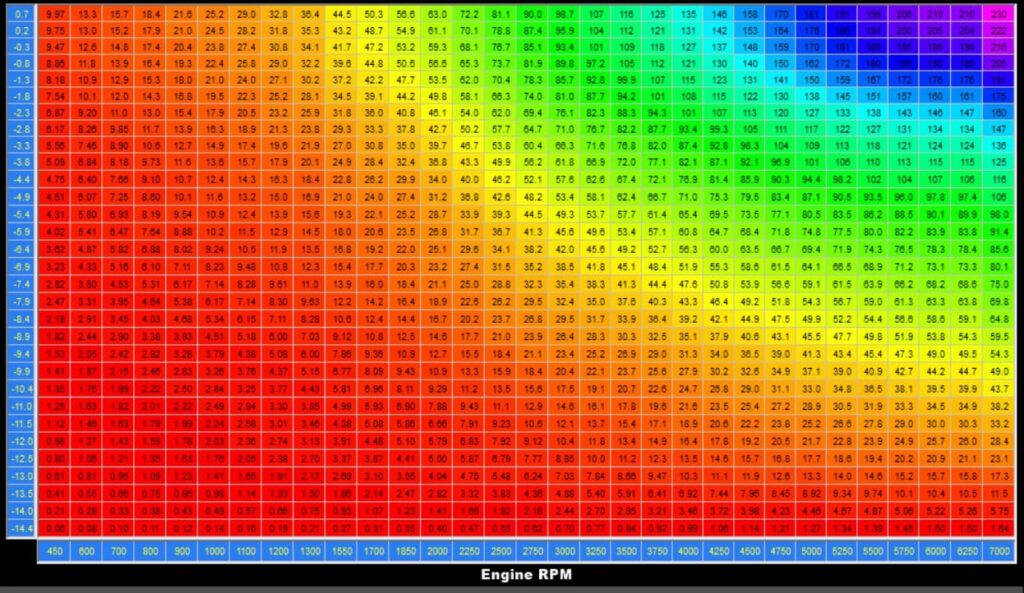
The simplest and most common kind of fuel map relies on just two things — throttle position and engine RPM.
The people who tuned the engine — usually the engineers who built the thing, but sometimes an aftermarket tuner — figured out how much fuel it needs at different combinations of those variables to make the motorcycle respond well.
Different motorcycles obviously have different fuel maps. The difference isn’t just in the values, either — they also have different levels of granularity. The tuning also targets different things. Some motorcycles might pursue a linear power curve, some might pursue outright power, and some might optimise for low-down torque.
Changing between open and closed-loop modes
In a standard configured motorcycle with an ECU, they switch from closed-loop to open-loop operation automatically.
For example, if you’re idling and the sensors are warm, you’ll be in closed-loop mode. The engine is trying to use as little fuel as possible. If you then accelerate, the engine will be told “Yo! The accelerator is on!” and switch to open-loop mode, relying on the fuel map instead.
The switch from closed loop to open loop is effectively instant. And sometimes it can be jarring.
When conditions stabilise, for example, if the throttle is returned to a low position and the RPM is constant, then the ECU will switch back to closed-loop mode. Again, this can sometimes be perceived as a jarring transition — it depends on how “smooth” the computer’s tuning is. It can be a fraction of a second or a few seconds.
The way the computer thinks about this is its fuel map (see the picture above). If the computer observes the same conditions for a second to a few seconds, it thinks “Hey, things seem stable enough” and it switches from open-loop to closed-loop mode.
Problems with Switching Between Open Loop and Closed Loop
There are a number of common problems that can lead to what people describe as “poor fuelling” and long for the days before emissions restrictions, and possibly before fuel injection.
One of the most common problems is over-aggressively switching to closed-loop mode. Manufacturers do this because they want to pass emissions regulations, so have to keep combustion efficiency high. This means that you might experience things like:
- You’re keeping constant speed on a flat surface and the throttle is nearly closed: The motorcycle lurches and jerks. This is the engine switching to closed-loop mode, or switching between modes because it’s confused.
- You have hesitation as you accelerate hard, usually in the low-mid RPM range: This is the computer being hesitant to enter open-loop mode.
These problems can be resolved by modifying the fuel map, and sometimes the sensors. Sometimes, motorcycle owners just eliminate the sensors.
There are other problems you can resolve by remapping the fuel injection that are more conventional, like giving a high-flow exhaust and intake system an optimum fuel map (to improve low-end response, reduce exhaust pops and crackles under deceleration, and improve top-end power).
How to Modify Your Fuel Map
When you encounter problems with your fuelling, you first think: How can I modify the fuel map?
There are a number of ways of applying a custom map to an ECU — well, three main ways.
The first way is to reprogram the motorcycle’s ECU. Workshops can always do this, but sometimes users can do it too. For example, I tuned my Triumph Scrambler’s ECU using TuneECU (software you can buy for an Android phone or a Windows PC) and a programming cable I got on Amazon.
The second way is to install a full computer system. The most noted of these is the DynoJet Power Commander, but other notable brands are Bazzaz, Rexxer, and Rapid Bike.
Find a Dynojet Power Commander for your bike on Amazon
A third way is to install an O2 sensor modulator. These are an interface between the oxygen sensors in the exhaust and the ECU. They take the normal output and give the ECU an input that means “Yo, actually… richen it up a little.” A couple of popular ones are the Booster Plug and the Rapid Bike Easy.
The most aggressive way is to totally eliminate the O2 sensors. You can’t just remove them (usually) as it’ll produce an ECU error. But what people often do is remove them and remap the ECU to prevent the error from showing up.
The result of eliminating the O2 sensors is that the motorcycle is always in open loop mode. This will result in higher fuel consumption and emissions. But with a good tune, that impact can be minimised, too.
Sum-up
Hopefully this was a clear enough explanation of open loop vs closed-loop modes of fuel injection.
If there’s one thing I want you to take away, it’s this: closed loop is about saving fuel and being environmental, and open loop is about performance and responsiveness.
You can remove closed loop mode if you want. This is ideal if you’re mostly using your bike in open-loop mode anyway, e.g. you don’t commute or you just take your bike to the track. You’ll go a bit faster and smoother, but you won’t be saving the planet — and if you’re in a tightly emissions-controlled place, you might be breaking the law and, if it’s registered, you’ll be unable to re-register your motorcycle.
But regardless, with the above information you can make an informed choice.

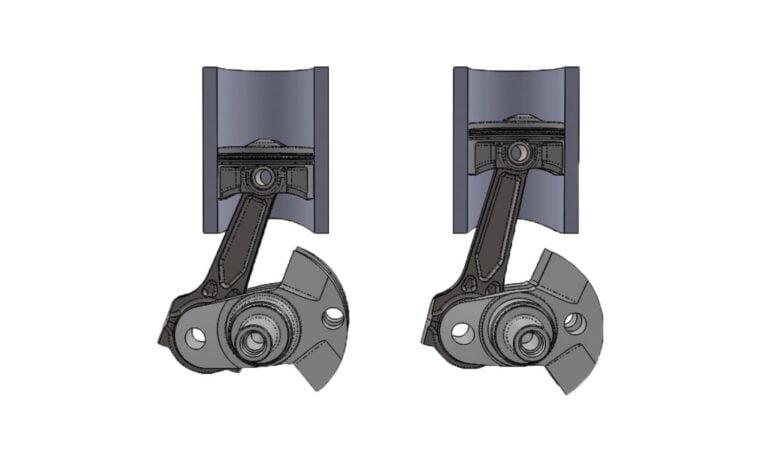
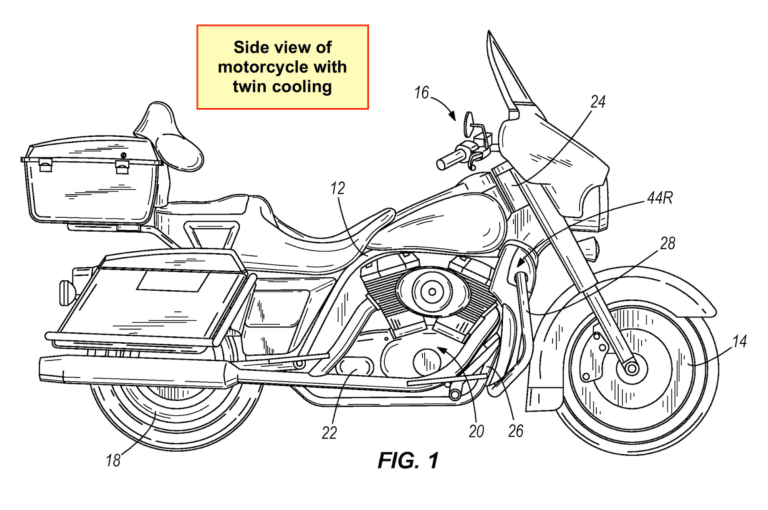
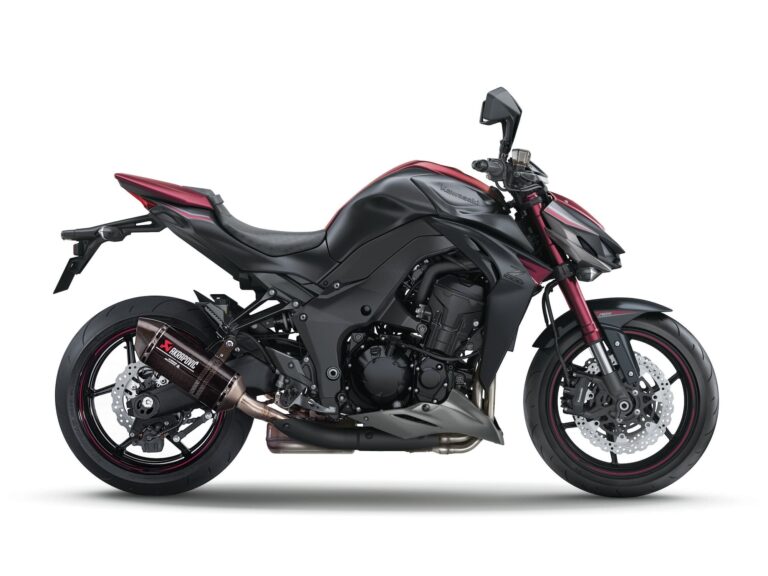

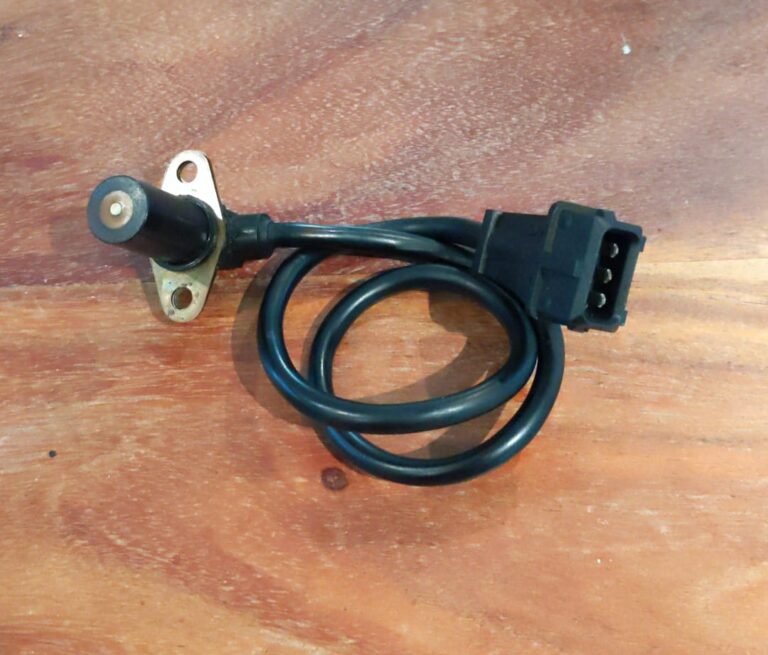
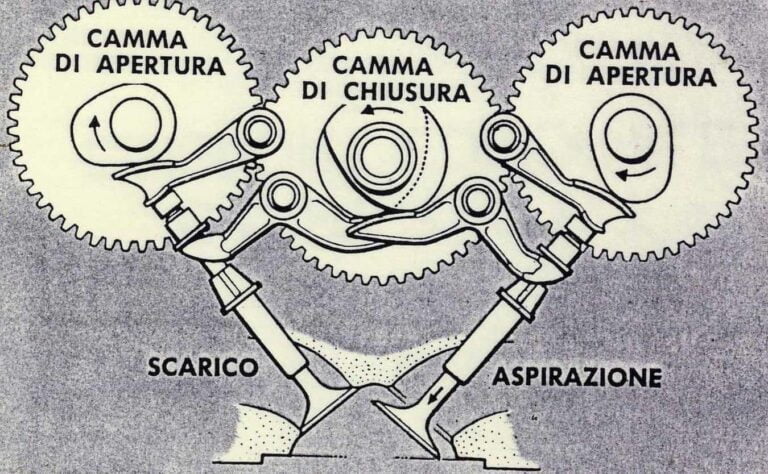
Thanks for the great article! Very well written, very clear. I have only one question.
You made reference to an issue (bike jerking) which usually results from the ECU switching between open and closed loop, which is exactly what I’m experiencing. The difference is, I no longer have the O2 sensor active as the software (Tuneboy) I installed in my Ducati eliminates the sensor.
If I put the software back to standard (O2 sensor on) the issue disapears.
Could this jerking problem be related to the balancing of the throttle bodies instead? Does this make sense?
Thanks!
Hi there Nuno, thank you! I don’t want to lead you astray and so I don’t want to guess haphazardly. But it seems that you have already narrowed it down to the tuning. The two maps — do they have something different aside from having the O2 sensor active or not? So before going into balancing throttle bodies, maybe it’s worth taking it to a shop who can design a custom map for you to smooth out the torque curve. (Or try other maps…)
Hello good guys, I’m in a car team and in a few days we’ll start with engine bench sessions. The objective is to make the engine’s torque response as linear as possible, since it is for a driverless prototype. Once we have the fuel base map set to lambda 1 and the advance calibrated to achieve that linearity, we want to see the possibility of implementing the digital lambda closeloop.
What advice would you give us to know which point is going to be the most optimal in the range of action of the closeloop. These are the parameters to take into account: ECT lockout (ºC), Timer Lockout (s), RPM Lockout High, RPM Lockout Low, MAP Lockout > (kPa), FTrim Limit -/+ (%), Gain Control.
The engine is that of a Honda cbr 600rr and we will only reach a maximum of 9000 rpm since the objective at the moment is stability and we will move through low torques
I think Booster Plug is just a thermistor in series with the IAT. By this, the ECU “senses” a lower intake air temperature so it enrichens the fuel/air ratio.
Thanks for the clear explaination.
I have a 171 cc scooter. EFI. Can I just remove it? I’d rather have a carb that makes sense. Thx
I get your preference, but unless you’re in for a complicated project for fun that would make it really difficult to sell later, I can’t think why you wouldn’t sell it and get an older carburettor-powered scooter or motorcycle.
Interesting article, on a Boosterplug fitted to an R nine T which alters the air intake temperature signal to enrich the mixture would the ECU gradually re-learn its parameters due to oxygen sensor feedback & override the booster plug benefits ?
Regards Rob
Hey – thx for the info, very useful!
I have a JDM exhaust for my TU250x that does not have a slot for an oxygen sensor (despite being made for FI, they have the a version of this exhaust for carb too).
I was thiking – is that a flawed design, or they just assume that you can leave the sensor hanging outside reading an oxygen reach environment (aka air we breath) and thus operating close loop all the time?
Should I modify the exhaust to accomodate a slot for lambda, or just leave it hanging out? Cheers
Hey there!
I have an aftermarket exhaust system for my TU250x that the previous owner got from Japan and it doesn’t have an O2 sensor plug. Previous owner said that he just left the sensor hanging and the bike worked fine.
That said – do you think it would be beneficial to modify the exhaust for the O2 sensor to plug in, or just leave it be? Will it work always in closed loop mode aka reading extra O2 from the regular air we breathe?
Cheers
Hi there Dmitry — “Beneficial” is a complicated way to read it. I think getting it tuned to work in closed loop mode would mostly benefit fuel consumption. Another option is to get the ECU modified so it doesn’t care that the O2 sensor is disconnected. Regardless, a tune is always best to ensure smooth operation.
So should your truck start off in open or closed loop????
I have a 2005 Infiniti FX35, showing codes P1148, P1168, P0021, P1031, P1051… The major issue that is frustrating me In the vehicle is that it doesn’t start up on time in the morning , or when parked for a long hours… say over 8hrs …I have to crank for about 10times… But it starts after cranking 3 Times during the day.. or after parking for less than 4hrs..
Great summary thanks!
I have a 2019 Triumph Speed Twin and have installed x-pipe and shorty slip-on exhaust so bike running lean now.
I bought an OBDLink and TuneECU to richen.
Based on your explanation, richening the AFR map will only affect the closed loop system.
I have also richened the F trim map. Will the F trim richen the bike in both closed AND Open loop systems?
I’m worried the bike will run lean in open loop if the Ftrim isn’t applied in open loop?
Cheers, Cris
Dana, thanks for the article, very detailed and clear explanation. So as far as I understand, when my Suzuki SV1000S is jerky on opening throttle on idle or when closing throttle when engine braking, it’s the ECU switching between open- and closed-loop mode? What if I keep a steady half open throttle for a while, does it go into closed loop mode then? How can I tell if it does?
Yes, that’s how I understand it. As for your question on “for a while”, I don’t believe it’s ever time-based. So once you meet certain conditions (typically half throttle, moderate load on the engine) you can feel the hesitation immediately. As for when it’s in either closed or open loop, I don’t know for sure — I just know it flickers between them. Modern motorcycles err on the side of keeping emissions low. So if you’re driving at modest constant speeds, it’s reasonable to assume it’s in closed loop.
If you really like, you could splice in a small display to the oxygen sensor (s), one that reads between 0-1.0V, that would give you an example of richness. That would be one indicator.
The author’s clear explanations and real-world examples make this complex topic accessible to readers like me. The insights into the advantages and disadvantages of each system shed light on the critical factors that affect engine performance and fuel efficiency. As someone who’s always been curious about the intricacies of fuel injection, this article has certainly broadened my knowledge and provided valuable information to consider for future tuning projects. Kudos to the writer for simplifying this technical subject!
Hi there, this is a good briefing about issue and ways to minimize it. As time goes and, if possible, the better is an ecu reflash. In a way to fix the related problems with K&N airflow filters and aftermarket mufflers there were surfing the forums years ago a summun of misconceptions and doubts about it.
The main question in my case was how much a first gen ecu controller -a Cobra fi2000r, closed loop, three dials one- is able to operate in that restricted enviroment; credited opinions weren’t favorable to it but my experience is that much more than expected…; taking Cobra’s references only as an approx was able to fix the jerkiness at low revs but I installed a A/F ratio meter as a valuable reference. The other possibility is a sort of, like carbing, methodical old fashion way try/error mode but, hey!, this all has his charm!. Cheers.
Yeah, a flash is also best. The smart approach would be to make sure a bike is flashable before buying it, but most other things for are higher priority for me! (Basics like no rust in the tank and suspension that isn’t leaky)
Hi! Thanks for the feedback. After receiving some negative responses from professionals, I would like to know if it’s solely a matter of software libraries; lack of data for the model, no access to the ECU, or no available driver, or is it a question of specialization in certain models? What are your thoughts on it? Just curious. By the way, the first Multistrada also tempted me… I like all of them. Cheers!